يحاول ذهب - حر
Why Winglets?
September 2021
|Flying
They’re good only some of the time.

It’s hard to believe that winglets will soon celebrate their 50th birthday. I wish I could say the same for myself.
The late NASA aerodynamicist Richard Whitcomb was one of those figures in the history of science who uncovered principles that, once articulated, seem so obvious that it is surprising they could have ever been overlooked. Whitcomb’s name is associated with three milestones of modern aerodynamics: the widely used GA(W) airfoils, the transonic area rule and the winglet, which was called the “Whitcomb winglet” until time and habit wore the eponym away.
(In fairness to forgotten Austrian aerodynamicist of the 1940s Otto Frenzl, it was he, not Whitcomb, who first articulated the transonic area rule. Frenzl’s patent on his “bottle rule” was issued in 1944. Perhaps if he had thought to call it the “Mae West rule,” or if he hadn’t been working for such a nasty lot, it would have caught on better.)
Winglets, anyway, are such proud, conspicuous features that airplanes without them look a little forlorn and bereft. There are reasons, however, why some airplanes—Boeing 737s, for example—sprout ever more and larger winglets, while others, such as the much more recent 787, go without.
As you probably already know, drag comes in two varieties: induced and parasite. The induced kind results from the production of lift. Induced drag is also sometimes called “tip losses,” and the purpose of winglets is to cut those losses by manipulating the flow at the wingtips.
هذه القصة من طبعة September 2021 من Flying.
اشترك في Magzter GOLD للوصول إلى آلاف القصص المتميزة المنسقة، وأكثر من 9000 مجلة وصحيفة.
هل أنت مشترك بالفعل؟ تسجيل الدخول
المزيد من القصص من Flying

Flying
The Temple of Speed
Reno entices even this altitude-oriented pilot.
6 mins
December 2021

Flying
Flat Sixes
Fanatical artisans
5 mins
December 2021
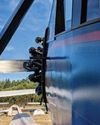
Flying
Blue over Green, Tent in Between
I’m old , I’m cranky. Why do I keep air-camping?
5 mins
December 2021
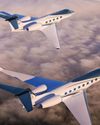
Flying
Gulfstream Reveals G400, G800
The product lineup gains large-cabin and ultralong-range mounts.
3 mins
December 2021
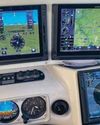
Flying
Every Airplane Requires a Checkout
Embrace the challenge of mastering a new machine.
3 mins
December 2021
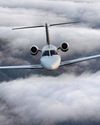
Flying
Fuhggedaboutit
Fifty-plus years of f lying forgetfulness
4 mins
December 2021
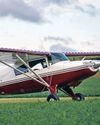
Flying
THE MAULE FAMILY APPROACHABLE AIRCRAFT
Choose your mount —the Maules do it all.
9 mins
December 2021

Flying
Sisters
“ Women certainly have the courage and tenacity required for long flights.” —Mildred Doran
5 mins
December 2021
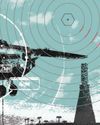
Flying
INSIDE OUT OR OUTSIDE IN?
What kind of pilot should you be?
5 mins
December 2021
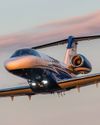
Flying
WE FLY: CESSNA CITATION CJ4 GEN2
THE FLAGSHIP CJ JUST GOT A WHOLE LOT BETTER.
15 mins
December 2021

